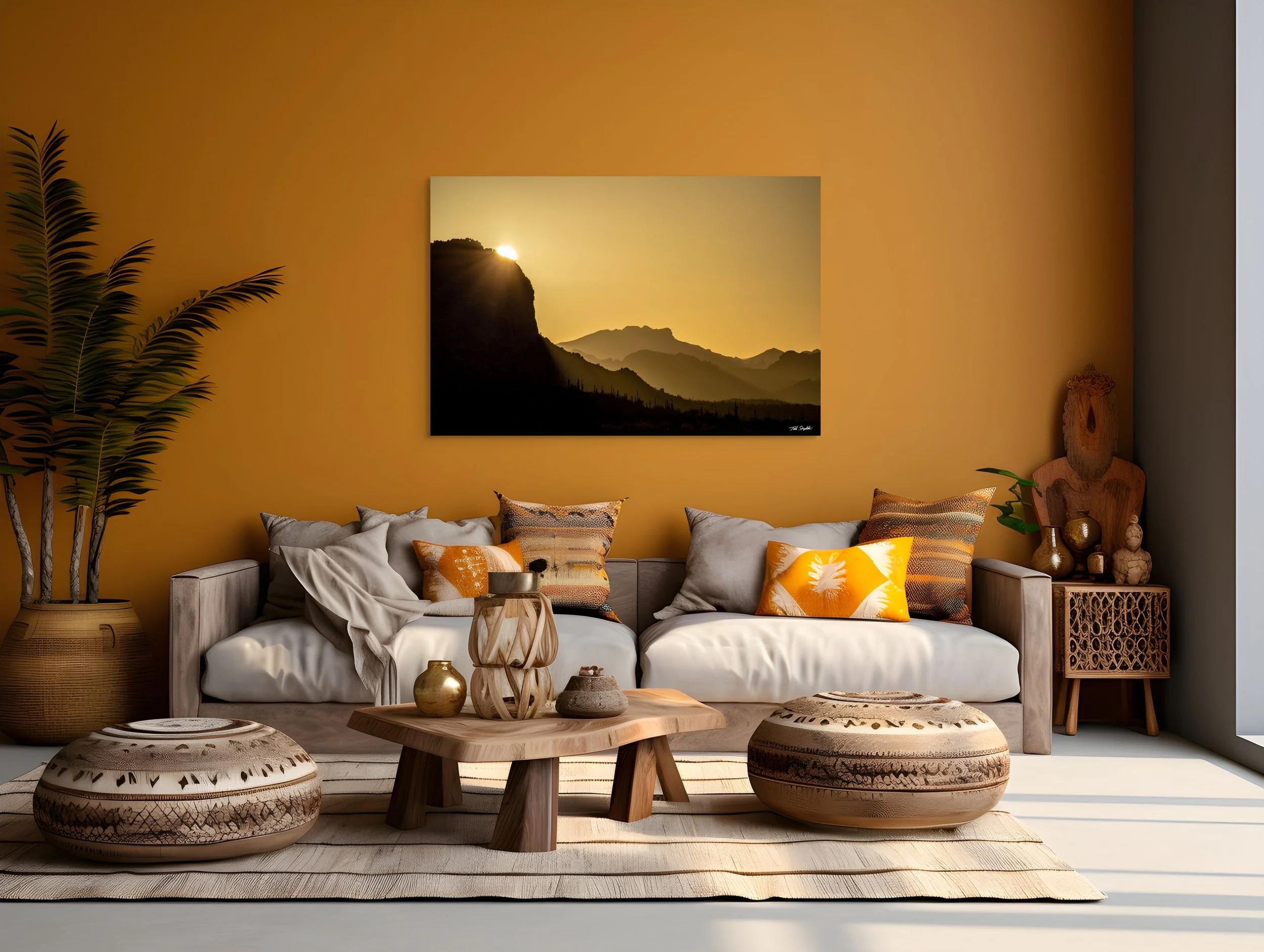Investing In Premium & Luxury Fine Art

investing in premium & luxury fine art through toddstapletonphotography.com is easy & secure!
Investing in fine art nature photography can be a highly rewarding experience, offering benefits both financially and aesthetically. Fine art photography is steadily gaining increasing recognition as a valuable asset class within the broader art market, presenting potential opportunities for appreciation in value over time, particularly for works produced in limited editions. However, as with any type of investment, it necessitates careful evaluation and thoughtful consideration before committing.
Here are key aspects to understand:
1. Investment potential
Appreciation in Value: Limited edition prints by established photographers can appreciate in value, particularly for works that gain recognition through exhibitions, critical acclaim, and museum acquisitions.
Diversification: Fine art photography can be a way to diversify an investment portfolio and potentially hedge against market volatility, although it's crucial to balance this with other asset classes.
Accessibility: Compared to other art forms like paintings or sculptures, fine art photography can be more financially accessible, especially for new collectors looking to enter the art market.
2. Factors affecting value
Edition Size and Rarity: Limited edition prints, especially those with smaller edition sizes, tend to be more exclusive and therefore more valuable.
Print Quality and Materials: High-quality, archival-grade prints produced with fine art paper or other premium materials are more likely to retain and appreciate in value.
Subject Matter and Conceptual Depth: Photographs with unique and captivating subjects, or those that evoke strong emotions or convey a powerful message, tend to resonate more with collectors and potentially have greater investment potential.
Condition and Provenance: The physical condition of the print and its documented history of ownership (provenance) are important factors in determining its value.
3. Risks and challenges
Market Volatility: The art market can be subject to fluctuations based on economic conditions, trends, and shifts in collector preferences.
Authentication and Provenance: Verifying the authenticity and provenance of a print is crucial, especially with the rise of digital technology and potential for unauthorized reproductions.
Lack of Liquidity: Fine art photography is generally considered an illiquid asset, meaning it may be difficult to sell quickly and investors should be prepared for potentially longer holding periods compared to other investments.
Changing Tastes and Trends: While some photographic art has timeless appeal, collectors should be aware of potential shifts in artistic tastes and trends that could impact the value of their investments over time.
Superstition Morning | Arizona (2013) | Limited to an Archival Edition of 200 | 30×45 Select Series
4. Tips for smart investing
Do Your Research: Conduct in-depth research on artists, market trends, and similar works before making a purchase.
Work with Reputable Galleries and Dealers: Building relationships with established galleries and dealers can provide access to exclusive opportunities and expertise in the art market.
Attend Auctions and Exhibitions: Participating in auctions and visiting exhibitions allows for networking, discovering emerging talent, and observing market dynamics.
Choose Pieces You Love: Ultimately, investing in art you genuinely appreciate for its aesthetic and emotional value will bring you the most pleasure over time, regardless of its financial performance.
The Dark Spire | Utah (2024) | Limited to an Archival Edition of 200 | 30×45 Modern Series
In Conclusion:
Investing in fine art nature photography can be a valuable and rewarding pursuit. It allows for diversification of assets, offers the potential for appreciation in value, and provides the aesthetic pleasure of owning beautiful and unique works of art. However, it's essential to understand the factors that influence value and approach the investment with a long-term perspective and a blend of passion and thorough research.









